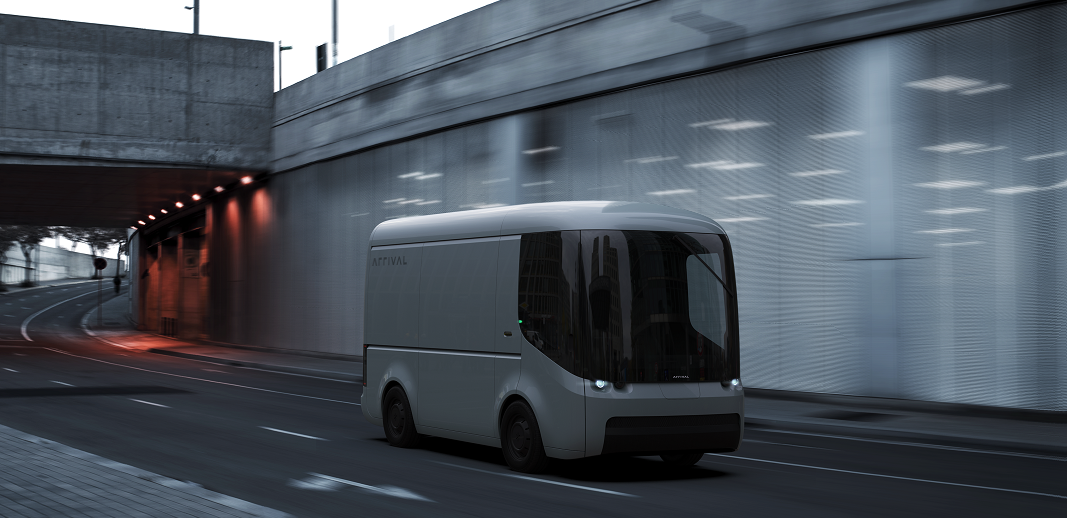The future is electric, the revolution is software-driven, and everything’s connected.
Amazon’s recent announcement of a €1bn investment in electric vans, long-haul trucks, and low-emission package hubs is another significant (and welcome) step in a broader push to de-carbonize supply chains, e-commerce, and last-mile delivery. What’s particularly exciting about this latest announcement is Amazon’s commitment to launch its first 20 electric HGVs in Germany before the year is out – a big move towards solving the tough “middle mile” challenge in freight. Volvo will provide the 40-tonne eHGVs that can be charged in under two hours.
Tight margins call for creative thinking and new business models. EVs and software-defined development are driving a new world of intelligent systems, where constant interaction between users, devices, and supply chains – and the non-stop innovation all of these things enable – will create a massive feedback loop that will drive everything from increased charging infrastructure to vehicles that can be updated through the cloud.
If there were any remaining doubts that the future of transport and logistics is electric and software-defined, GM’s Mary Barra put paid to them at her keynote address at CES earlier this year. Announcements of partnerships with major players in delivery, aviation and rail underline a vision to re-define how people and goods are moved in a world where software has shifted from pure automation tool to platform enabler.
Connectivity will play a major role in supporting this transformation, it’s exciting to see how it’s unfolding. To learn about how Cubic’s technologies enable Arrival’s next-generation connected EV fleet, check out our case study today.

